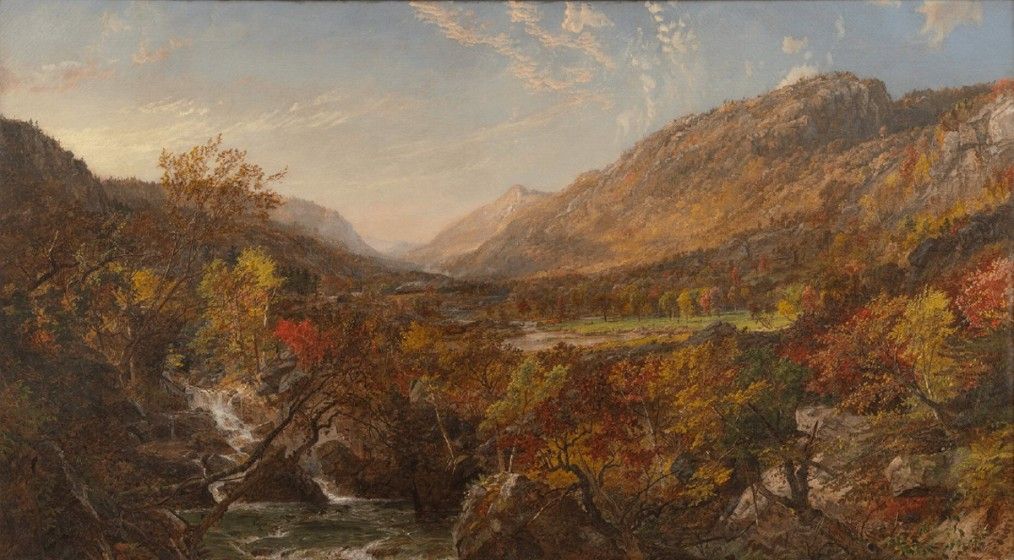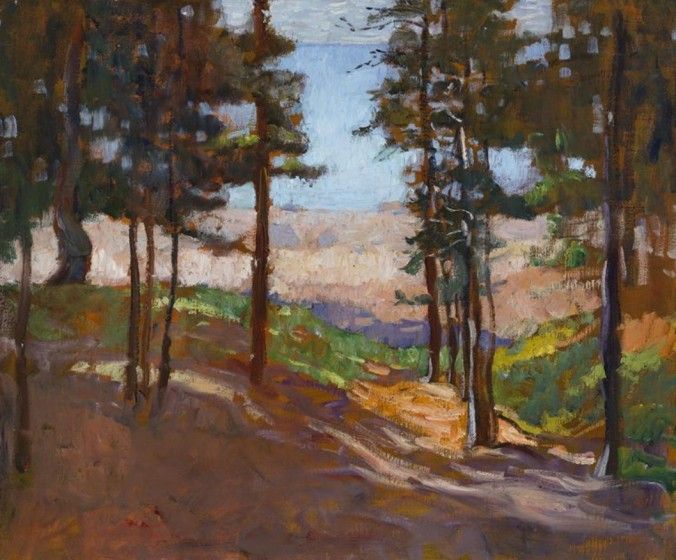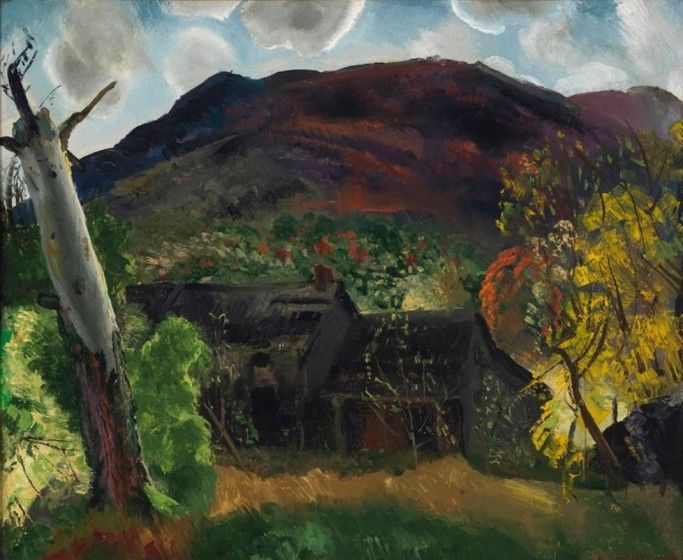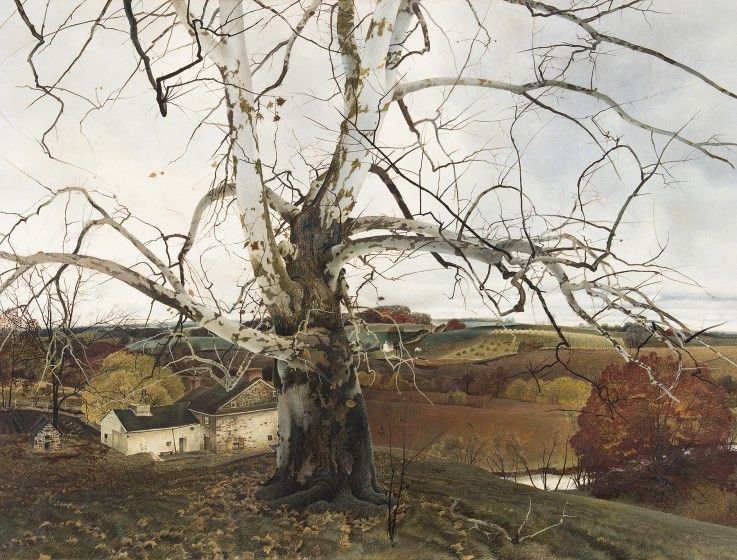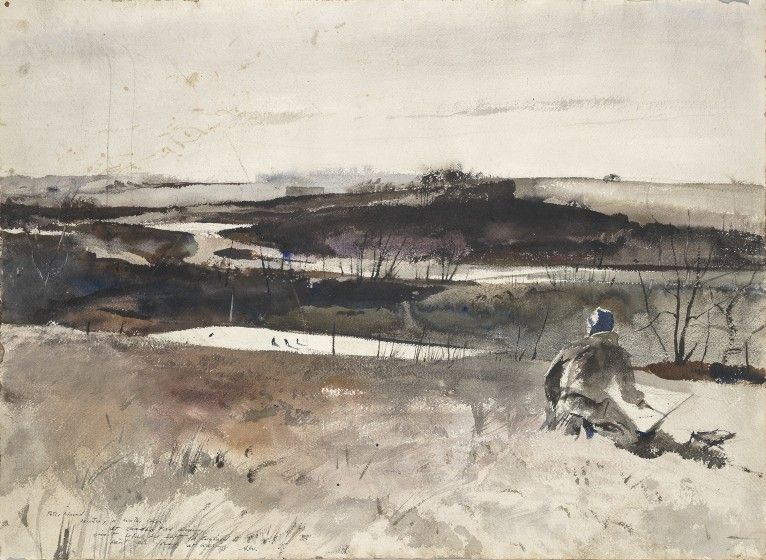The Brandywine will premiere the first ever museum display of a monumental, rediscovered masterwork by the leading Hudson River School artist Jasper Francis Cropsey (1823–1900).
A stunning example of Gilded Age patronage, Autumn in the Ramapo Valley, Erie Railway of 1873, has been in private British collections since it was commissioned the same year by Irish-American railroad magnate James McHenry. This major canvas changes our understanding of Jasper Francis Cropsey, one of the iconic talents of American art. Almost seven feet in length, Autumn in the Ramapo Valley, Erie Railway is both a celebration of the American landscape and American industry. The train passing through the valley is a reference to the Erie Railroad, in which McHenry had recently acquired a majority stake. Just after it was completed, McHenry had the painting shipped to England where it remained until purchased in 2025 by the The J. Jeffrey and Ann Marie Fox Foundation for American Art. Seen by the public for the first time since 1873, the painting will be at the heart of a special exhibition, Cropsey, Wyeth, and the American Landscape Tradition, which draws on the rich and varied holdings of the Brandywine Museum of Art and the Wyeth Foundation for American Art to provide a focused appraisal of the complex art of American landscape painting.
Alongside this exceptional large-format Cropsey, additional works by Cropsey, Alfred Thompson Bricher, Albert Bierstadt, William Trost Richards, John Frederick Kensett, Mary Blood Mellen, Martin Johnson Heade, and more survey the nineteenth-century boom in landscape painting in the United States and the relationship to industry that was a key context at the heart of this movement. The exhibition continues the story with Cropsey’s afterlives. Through key works in the Brandywine and Wyeth Foundation collections, a clear line of descent traces the further development of American landscape art, via Homer, Bellows, and N.C. Wyeth to an especially rich flowering in the works of Andrew Wyeth (1917–2009). Documentation in the Wyeth family library and archives shows a depth of engagement with artists of the Hudson River School not previously recognized, including specific lessons in composition, allegory, and the aesthetic potential of industry that Andrew Wyeth learned from paintings like Autumn in the Ramapo Valley. With a variety of works in watercolor and tempera, some of which have never been exhibited before, the story of the rich American landscape tradition continues and intriguing commonalities between the artists of the Hudson River School and Wyeth emerge.
To learn more about the important artwork that prompted this exhibition, we invite you to explore this microsite.
